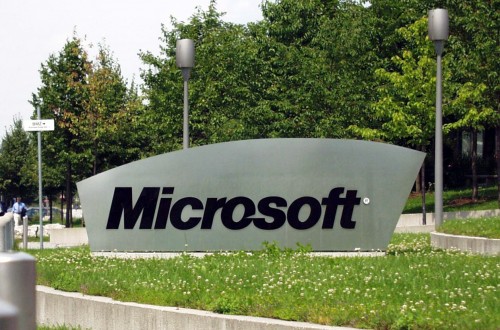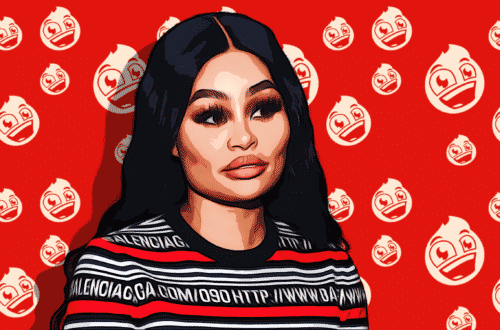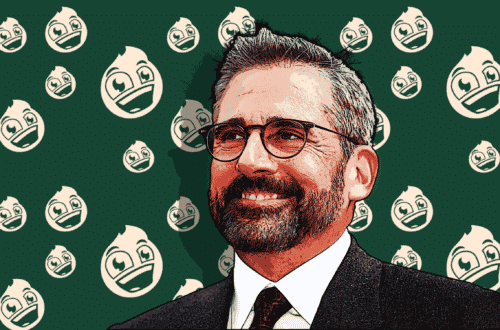20 Crazy Facts You Never Knew About The Power Rangers
Entertainment, ListsOnce upon a time in a galaxy not even remotely distant to ours, Mighty Morphin’ Power Rangers ruled the afterschool and Saturday morning airwaves. As did its successors, one season after another; kids couldn’t get enough of the suited men and women fighting off monsters with fancy weapons, giant robots, and the most beloved of all conflict resolution tools, the fist. With another movie on the way, it looks like Hollywood is trying to bring back the magic from days of old — but until then, there’s no better way to honor the costumed crime-fighters than a list of facts that will make anyone question the sanctity of life itself.
It’s Based On A Japanese Franchise
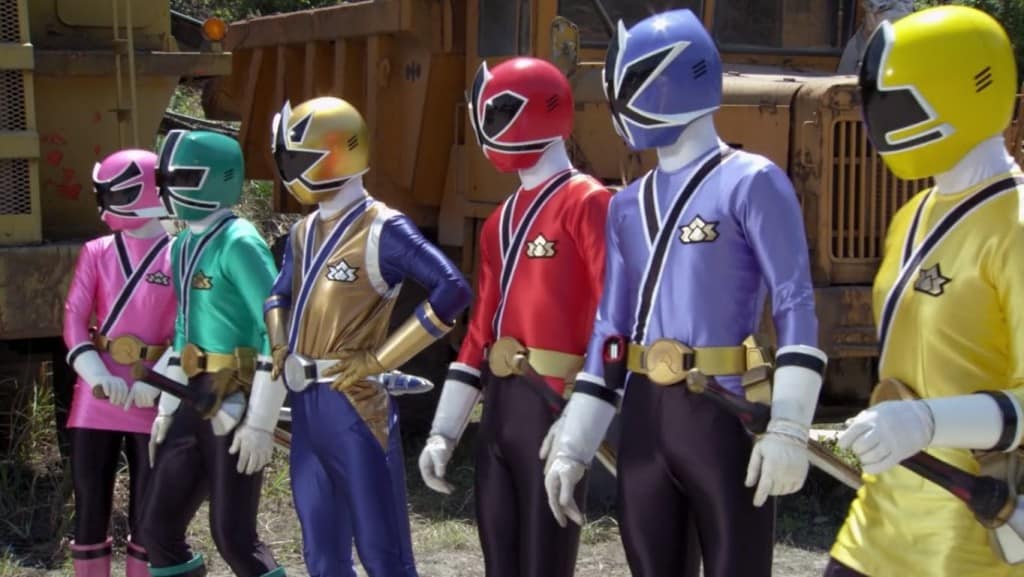
Eagle-eyed viewers of the older seasons may have noticed that there was a notable difference in image quality between the Rangers’ civilian scenes and action scenes. It’s not the result of an evil cameraman’s sabotage; it’s because the show is the fusion of footage from two separate sources. Power Rangers as we know it is the westernized version of the Japanese Super Sentai franchise — though the show that aired in the states featured a new fleet of actors, redubbed scenes, and a soundtrack keen on electric guitars. It’s almost like the ultimate con job.
It’s Really Been Around For More Than Forty Years
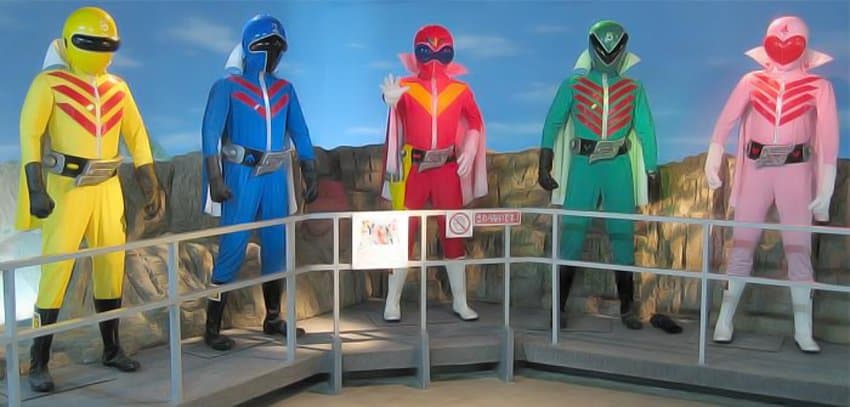
Mighty Morphin’ Power Rangers first aired on August 28, 1993, but its footage was based on Japan’s Kyoryu Sentai Zyuranger — which started in February of ’92 and ended a year later. That’s a sizable gap, but it goes much further than that. Zyuranger is actually the sixteenth installment in the Japanese franchise, with the actual first series being Himitsu Sentai Gorenger. That came out in April of 1975, which not only gives Japan a head start — and tons of unused footage — but also means that Power Rangers is arguably twice as nostalgic as anyone would have guessed. Fancy that.
Its Creator Wrote The Book On Japanese Superheroes

Not a lot of people are going to go running Google searches for Shotaro Ishinomori, but those that have even a passing interest in “five teenagers with attitude” might want to consider building a shrine in his honor. The late, great artist — a protégé of comic legend Osamu Tezuka — was the mastermind behind Gorenger. As such, he’s essentially the father of both versions of Power Rangers, a series that continues to this day. Not content with his control over so many hearts and minds, Ishinomori was the creator of Cyborg 009, Kikaider, and Kamen Rider, the latter of which would also go on to become a forty-year-old action series alongside Super Sentai. He had the courage and brains to do what no one else ever could: corner the market on flamboyant-suited fighters.
Disney Owned The Rights For A While
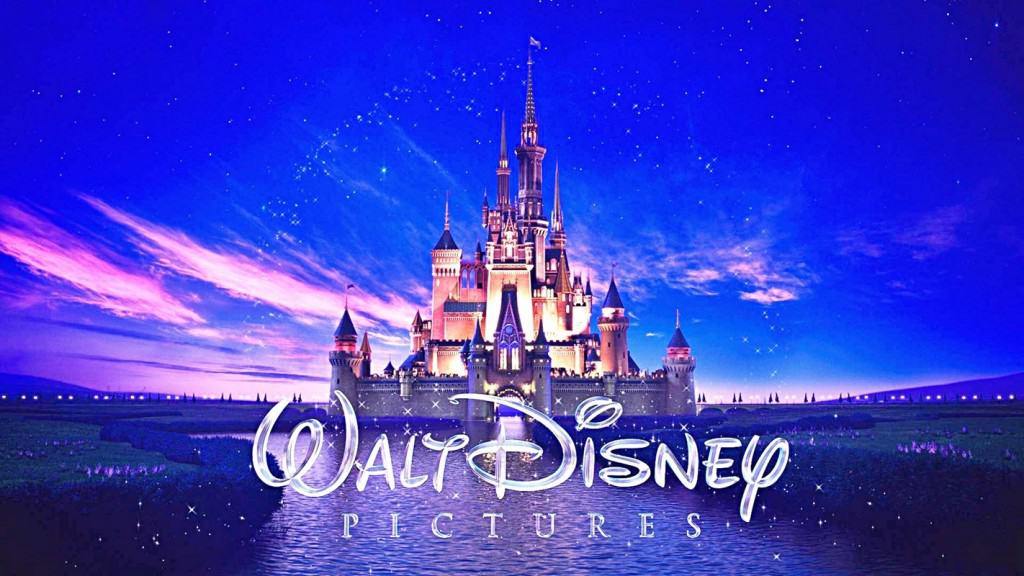
It’s hard to believe the house that Mickey Mouse built could have a hand in both the Marvel Cinematic Universe and Star Wars these days, but it’s true; Disney branched out, and at one point it held ownership of the Power Rangers franchise thanks to a package deal in 2001. While no one superglued mouse ears to the Rangers’ helmets, for eight years Disney played overseer to episode production — even if they moved production to New Zealand to skimp on costs. Even that proved too much to bear, but thankfully Saban — the company that held the rights originally — stepped in to save it. They knew instinctively that the world will always need kung-fu fighting.
ABC Tried To Sweep The Rangers Under The Rug

It’s worth noting that to this day, ABC is well under the Disney umbrella — so when the company had control of Power Rangers, it made sure to show it on their beloved channel (and its little brother, ABC Family). The problem was that before long, Disney apparently showed no interest — if not outright embarrassment — in their asset; producer Eddie Guzelian witnessed it all firsthand, with more stories to tell than stars in the sky. At the very least, the proof is in the scheduling — because more often than not, Power Rangers episodes in the Disney Era would air before dawn, if at all. One could argue that it could help justify the excuse of “no one’s watching it, so we should cancel it” and make room for more Grey’s Anatomy, but it doesn’t send a good message when a show is on before even the most sprightly rooster can drag himself out of bed.
An Entire Series Was Skipped
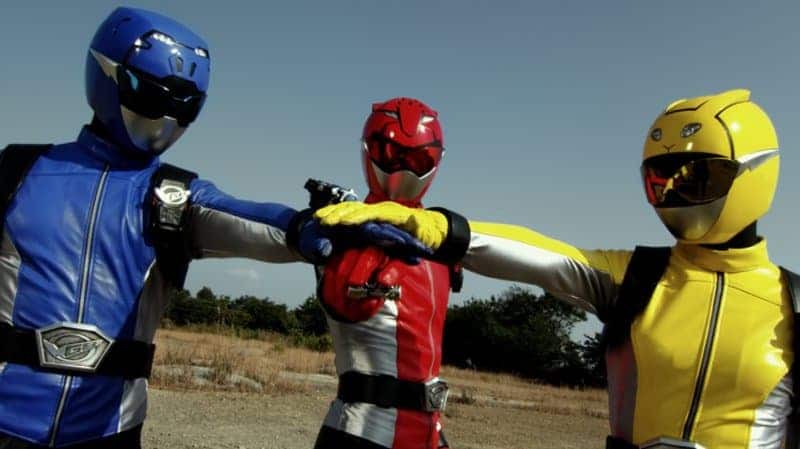
Fans of “morphinomenal” action are in luck, because for the foreseeable future there are going to be more seasons of Power Rangers on the air — but it’s worth noting that there have been some casualties along the way. In the States, the show’s forerunners went from Power Rangers Super Megaforce to Power Rangers Dino Charge; in Japan, there was an installment between the two. Tokumei Sentai Go-Busters has yet to receive an American remix; some are working under the assumption that said installment did too poorly. It’s a shame, because Go-Busters actually has “It’s morphin’ time” built in. On the other hand, going straight to Dino Charge means people get to see more robot dinosaurs. Chalk that up as a win.
It Almost Got Cancelled — Thrice

It should go without saying that the end of the Disney saga saw the company trying in earnest to pull the plug on the Rangers — and it would have succeeded if Saban didn’t swoop in to save the day. After their first run of the show in 2001, they nearly dropped it right there (and would have left it if not for the aforementioned New Zealand move). But the franchise didn’t need the dark hand of Walt Disney to put the series in jeopardy; as early as the third season, the ratings dropped to such a low point that there were legitimate reasons to lock up the suits for good. It’s a wonder why Disney ever grabbed the rights at all — unless they needed more giant robots in their portfolio.
Cars Nearly Destroyed The Franchise
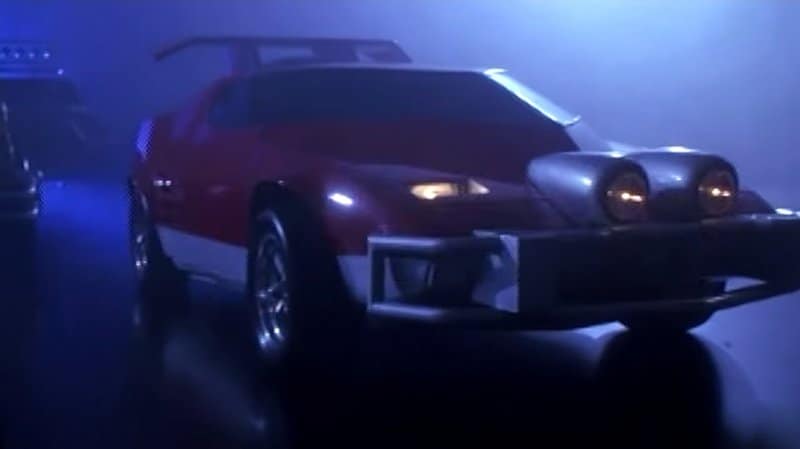
Anyone who has to turn a Japanese show into an American one — while shackled to the former’s footage, no less — doesn’t have an enviable job. Case in point: Power Rangers Turbo started off with serious storylines and events, coming off of the then-recent second movie. The problem was that the series’ source material, Gekisou Sentai Carranger, was a parody that poked fun of itself at every chance. Paradoxically, Carranger was such a hit that it kept the series alive in Japan, itself facing cancellation beforehand. Turbo helped the Rangers drive mere inches away from its grave.
Space Saved The Franchise
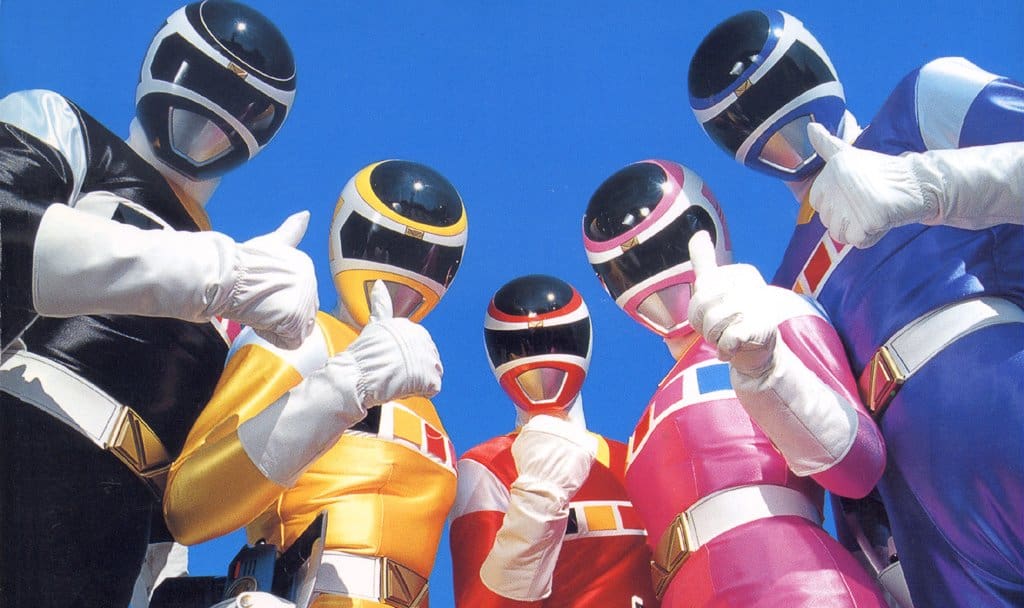
1998 saw the Rangers and the show’s production crew facing the end. With cancellation right around the corner, they did the one thing any reasonable person would do: go all in with an epic finale that would wrap up six years’ worth of continuity and put the entire planet at stake — and also give the Rangers an excuse to ride in a spaceship. The aptly-named Power Rangers in Space — a far cry from the technology-themed Denji Sentai Megaranger it borrowed from — decided to go big as well as go home. Remarkably, the move paid off; it brought back fans in droves, and to this day is considered one of the show’s best seasons. One could argue that they should have worked at that level from the get-go to dodge cancellation, but it’s not every day that a show works with the nigh-infinite reaches of the universe.
They Went Back To Space To Make Lightning Strike Twice

As they say, old habits die hard. After the fan-grabbing success of In Space, Saban’s crew decided not only to keep the show going, but to give the people what they wanted — the assumption being that more space would equal more love. As such, the next series to come down the pipeline was Power Rangers Lost Galaxy, which put the core cast in a massive space station assaulted by alien bugs. The tradeoff was that the Super Sentai footage they repurposed was from Seijuu Sentai Gingaman — a show whose nature theme had even less to do with space than its predecessor. It took some work — and no shortage of money, without a doubt — to pull something together, but the crew managed to keep the brand going strong. And they never tried to deviate from the source material again. Well, except when they did just a year later.
They Made Their Own Original Ranger
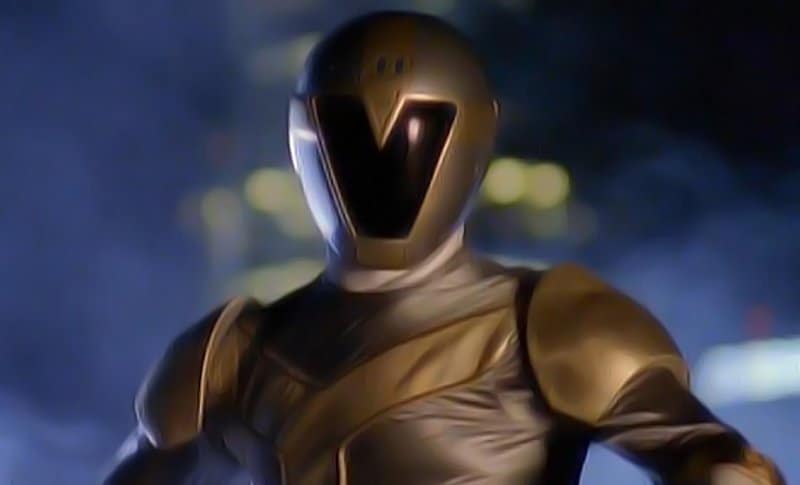
It sounds like something out of fan fiction — or a plot to sell more toys — but the showrunners for Power Rangers Lightspeed Rescue decided to take a big gamble. As usual, they borrowed from the Super Sentai footage to create the show, but they made one major change: they added in a sixth Ranger, the Titanium Ranger, to the roster. It sounded like the next logical step from the Gold and Silver Rangers from previous seasons, but there was a caveat: since they couldn’t exactly Photoshop the Titanium Ranger into the footage, they had to leave him out of several key scenes for fear of budget issues. Remarkably, that didn’t stop him from enjoying some major popularity — which is to be expected for a guy whose weapon of choice is a laser axe.
The Suits Really Are Made Of Spandex
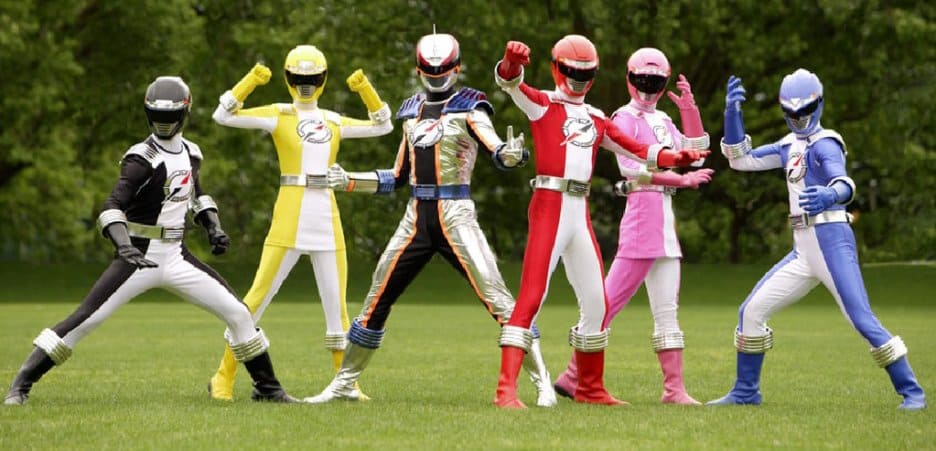
It’s been a joke — in the show and out of it — that the suits powering its band of heroes are nothing more than colored spandex. That’s actually completely true (though it’s technically two-ply spandex), but there’s more to it than that. In the earlier seasons, Saban would make replicas of the suits instead of rely solely on the Japanese versions, in case they needed to create new footage. But there are some slight differences — namely, that the suits from the Sentai version are tighter, shinier, and tailor-made for specific stunt actors. Meanwhile, the Power Rangers suits were one size fits all. Saban and Disney alike began importing the suits eventually, but one fact remains: the Rangers did battle with armies of monsters with what were a few cuts above tissue paper.
The Movie Put Them In Suits Of Armor
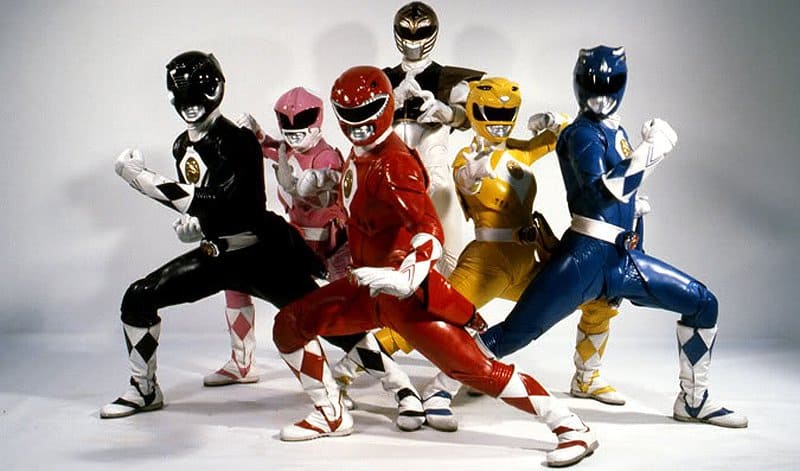
The first Power Rangers movie in 1995 gave the franchise a beefy boost to the budget, so the crew behind it saw no better way to splurge than to take the Rangers out of their spandex and put them in suits befitting guardians of Earth. The movie-based suits were made out of PVC and metal, with helmets notably heavier and bulkier. It sounded like a good idea at the time, but the problem was that whoever wore them donned some forty pounds of armor. At least two of the actors complained that the suits caused back pain — which is understandable, seeing as how they had to film as much as ten hours a day. The moral of the story: never doubt the power of spandex.
The Explosions Are Made Via Squibs

Having a Power Rangers episode without explosions is like having a sandwich without bread. But as important as they are, it’s not exactly practical to strap TNT on everything and hope for the best. The solution: make use of squibs, miniature explosives that can be used to create some fancy pyrotechnics. They can be pretty versatile, too — either strapped to the Rangers’ suits to shoot off sparks when triggered to simulate damage, or hidden in rocks and dirt for some real fireworks. Knowing that, it must take nerves of steel to strap on anything tailor-made to blow up.
The Green Ranger Is An MMA Fighter
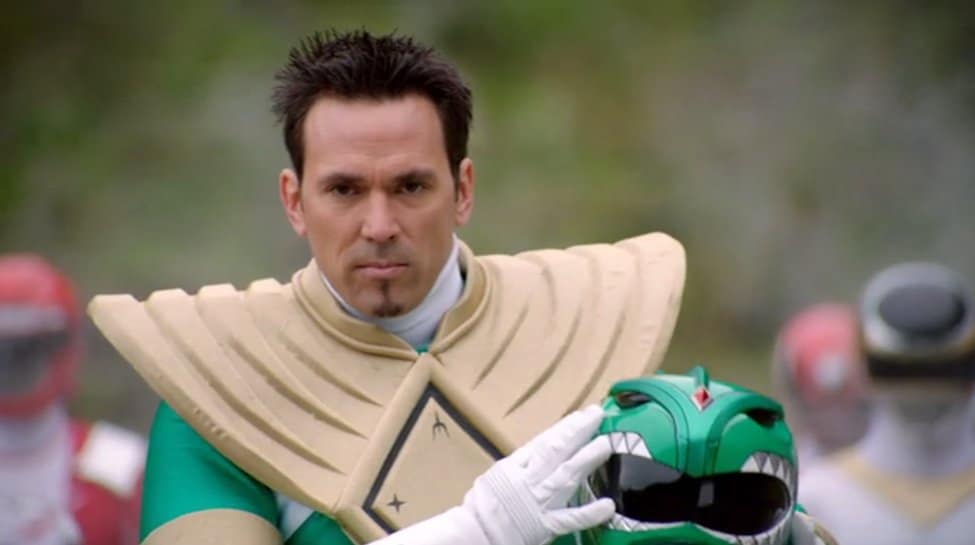
Longtime — or maybe lapsed — fans of Power Rangers may remember the first Green Ranger, Tommy Oliver, who would not only go on to become one of the most popular characters in franchise history, but also have major roles years after his debut. Incidentally, the role he has now still puts his fighting skills to the test: Jason David Frank is a mixed martial artist with several wins to his name. Notably, he’s got it out for WWE wrestler-turned UFC fighter Phil “CM Punk” Brooks; the latter has turned down or laughed off the challenges thus far, but that hasn’t stopped JDF from calling him into the ring. He may not don a skintight suit anymore, but the ex-Ranger was a fighting expert then, and he’s a fighting expert now. Taking him seriously is probably a good idea.
The Bullies Are Ridiculously Accomplished
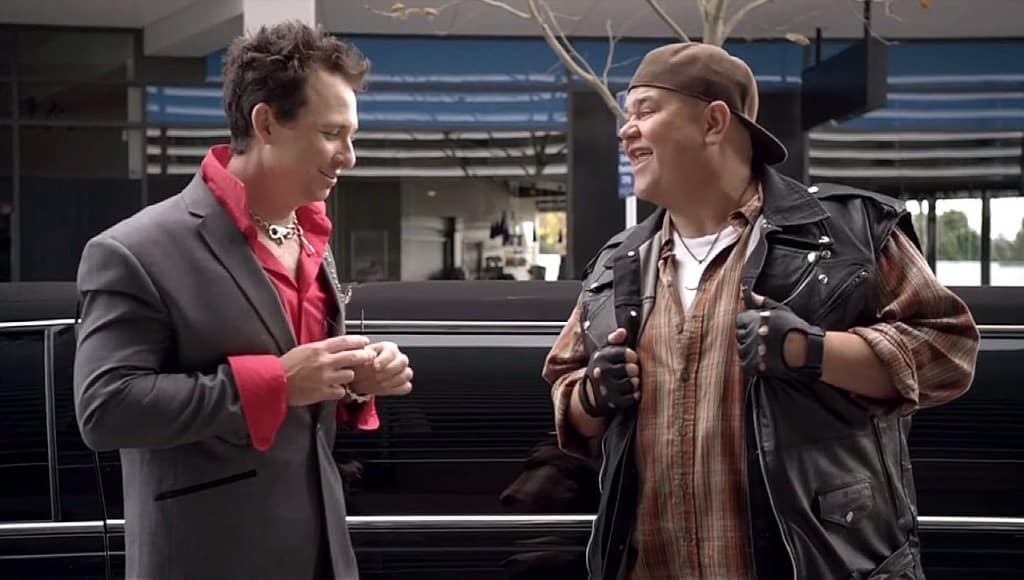
The first outing of Power Rangers may have given the world “teenagers with attitude”, but it also put a pair of bullies in the Rangers’ midst — Bulk and Skull, who were attached to a theme song that often sounded like a hippo farting into a tuba. Beyond those roles, they’ve done plenty. Paul Schrier (Bulk) would get his chance to be a director for the show, and more recently returned for a side role in Power Rangers Samurai. Jason Narvy (as Skull) would do the same, but he’s got some dizzying credits to his name: he’s a trained pianist, a classically-trained Shakespearian actor, and he has a Ph.D. in dramatic arts. That’s not bad for two guys who got turned into chimpanzees.
The Man Behind The Original Theme Is Still Composing
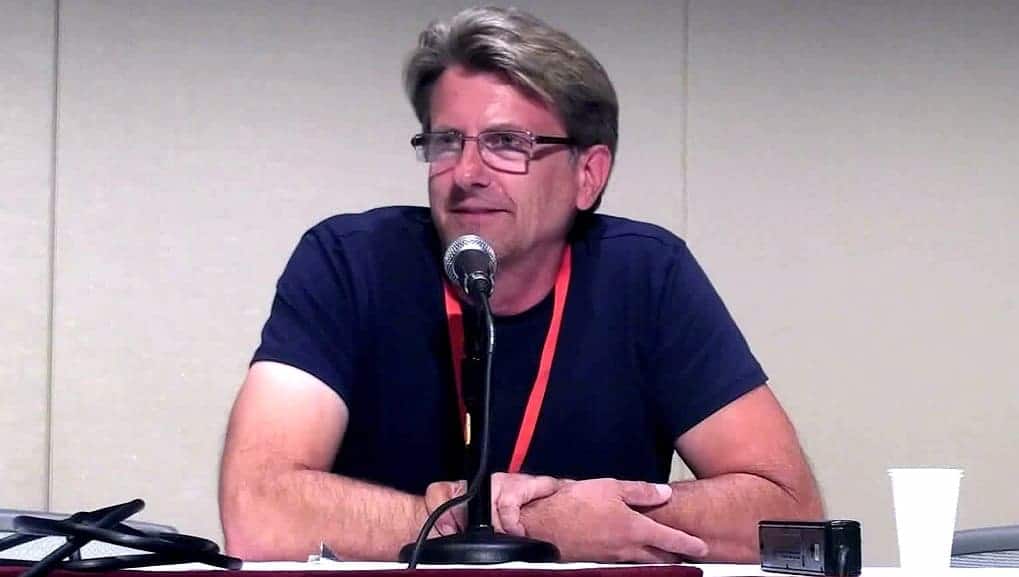
The theme song for the first season of Power Rangers was the product of Ron Wasserman, whose rock-heavy track would form the backbone of countless childhoods — and would keep forming those backbones into the mid-2000s. Not to be bound by a franchise full of kung-fu fighting (despite a redux track he championed in 2012), Wasserman has worked with other shows since, including but not limited to: Sweet Valley High, SpongeBob SquarePants, America’s Next Top Model, Hot in Cleveland, and The Real Housewives of New York City. One wonders if he has to fight the urge to add wailing guitar solos every day of his life, but as long as he gets paid, he can probably keep the reins tight.
The Rangers Got Baked Into A Giant Pizza
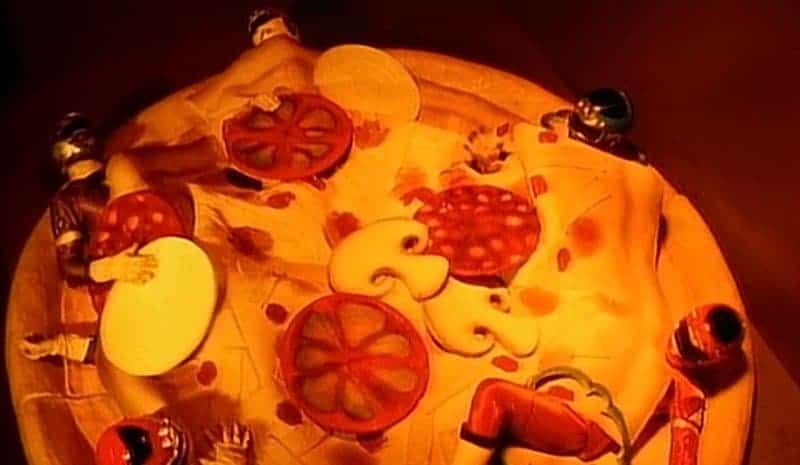
Plenty of weird stuff has happened to the Rangers over the years, with one goofy-looking monster after another vanquished. But very few things in the franchise’s lifetime can ever match up to the fact that the protectors of the earth were once attacked by cars controlled by evil pizzas, thrown into a giant oven, and doomed to be made into a pizza in turn. For the record, the episode was based on the Japanese equivalent, Carranger — which, as mentioned, was more parody than anything. Adapting the episode for a western audience wasn’t impossible, but it’s hard to imagine anyone who’d leap at the chance to work with anything that has the words “giant pizza” involved.
The Showrunners Made A Dystopian War Out Of A Comedy
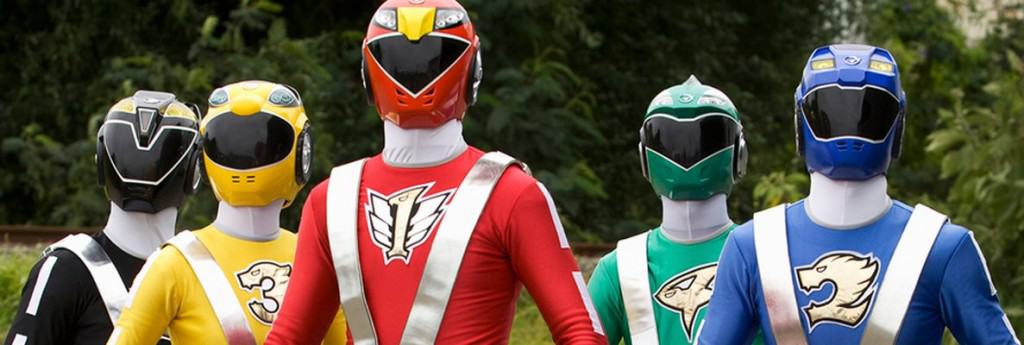
2009 called for another season of the show, but in order to inject life into the sagging franchise, Disney took on the task under the suggestion that it would be a darker and grittier version of Power Rangers — because presumably, that was what people wanted out of a show with spandex uniforms. The problem was that the next Japanese season for adaptation, Engine Sentai Go-Onger, was a comedy in line with Carranger. The showrunners had no choice but to bend the footage to their needs, which led to the creation of Power Rangers RPM — which somehow managed to dodge talking giant robots and animal theming in exchange for humanity’s struggle against apocalypse-hungry machines. That’s an accomplishment when one of the Rangers has a shark fin plastered on his helmet.
We Owe A Big Chunk Of Power Rangers To Spider-Man
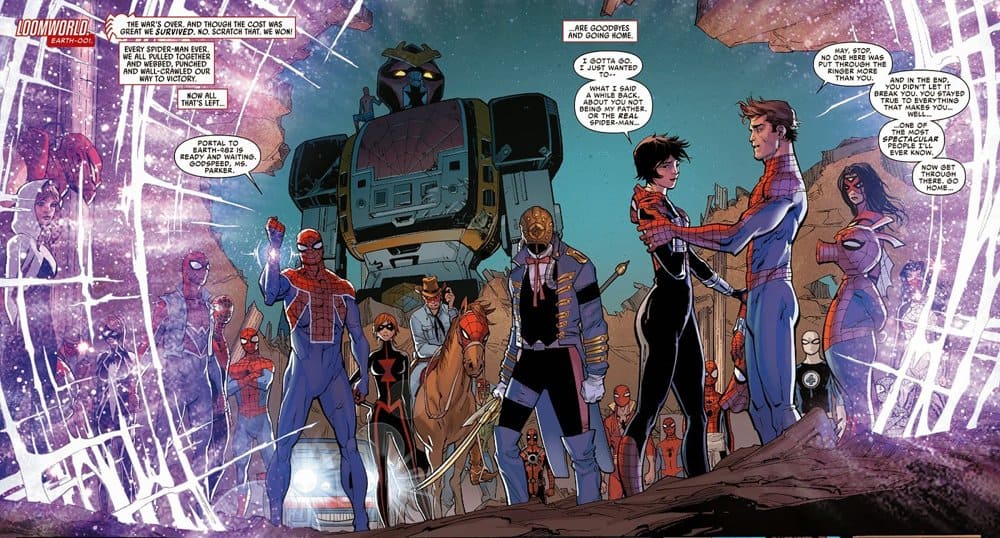
The web-head is one of Marvel’s most famous superheroes, no matter where in the world one might look. There are lots of reasons why, but Japan has at least one: back in 1978, Toei launched a different version of Spider-Man, complete with a new origin as a motocross racer, and his own giant robot, Leopardon. For those unaware, Toei is the same film and television company that holds the leash to plenty of Japanese superheroes, Super Sentai well among them. While it’s true that the first Super Sentai show preceded Japan’s take on Spider-Man, the concept of fighting in giant robots would be co-opted into a constant that lives to this day. That’s bad news for the fictional cities the fights take place in, but it’s good news for anyone watching — and it’s a safe bet that Power Rangers will keep the fans cheering for years to come, no matter how tight the suits.

